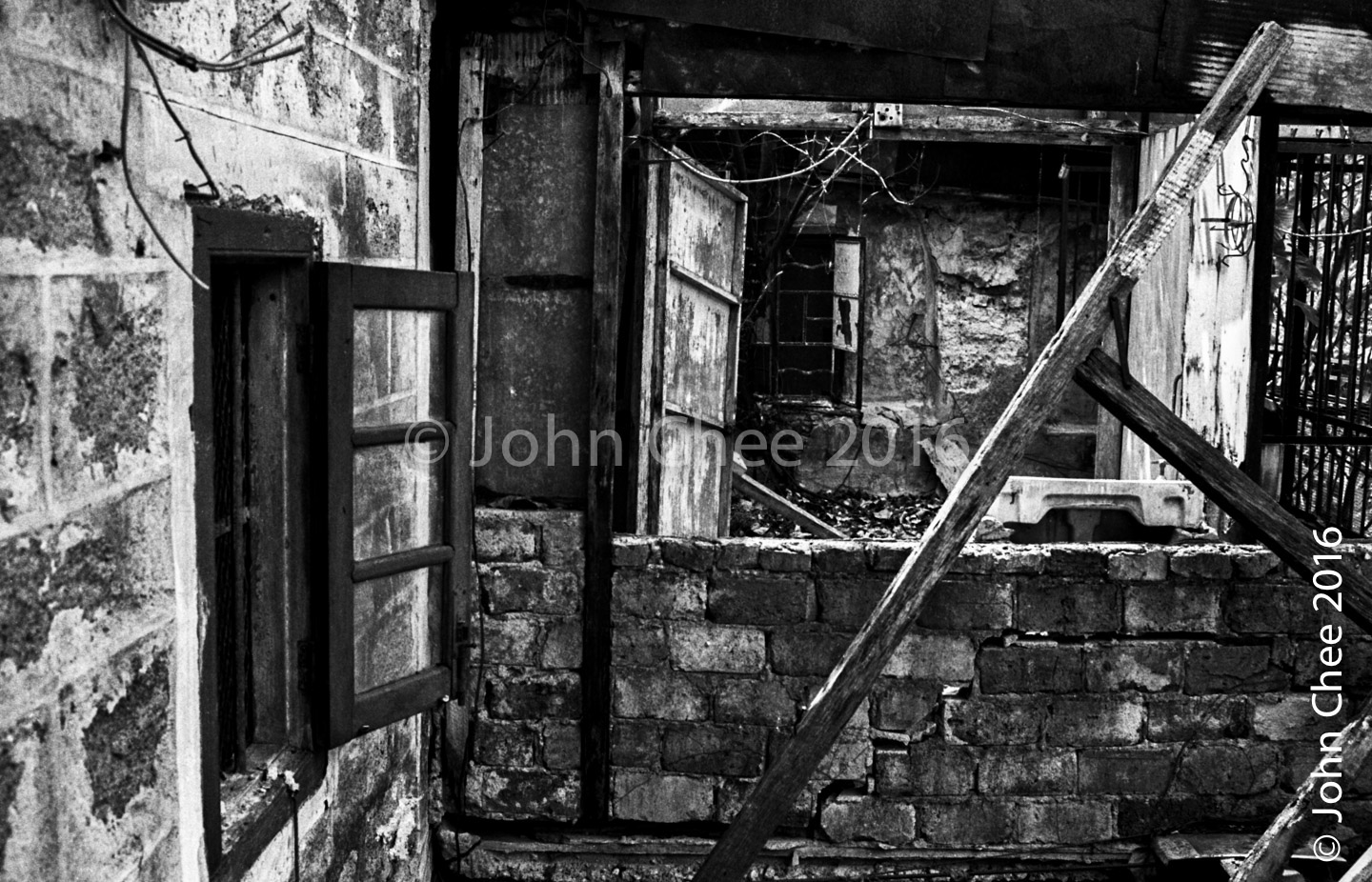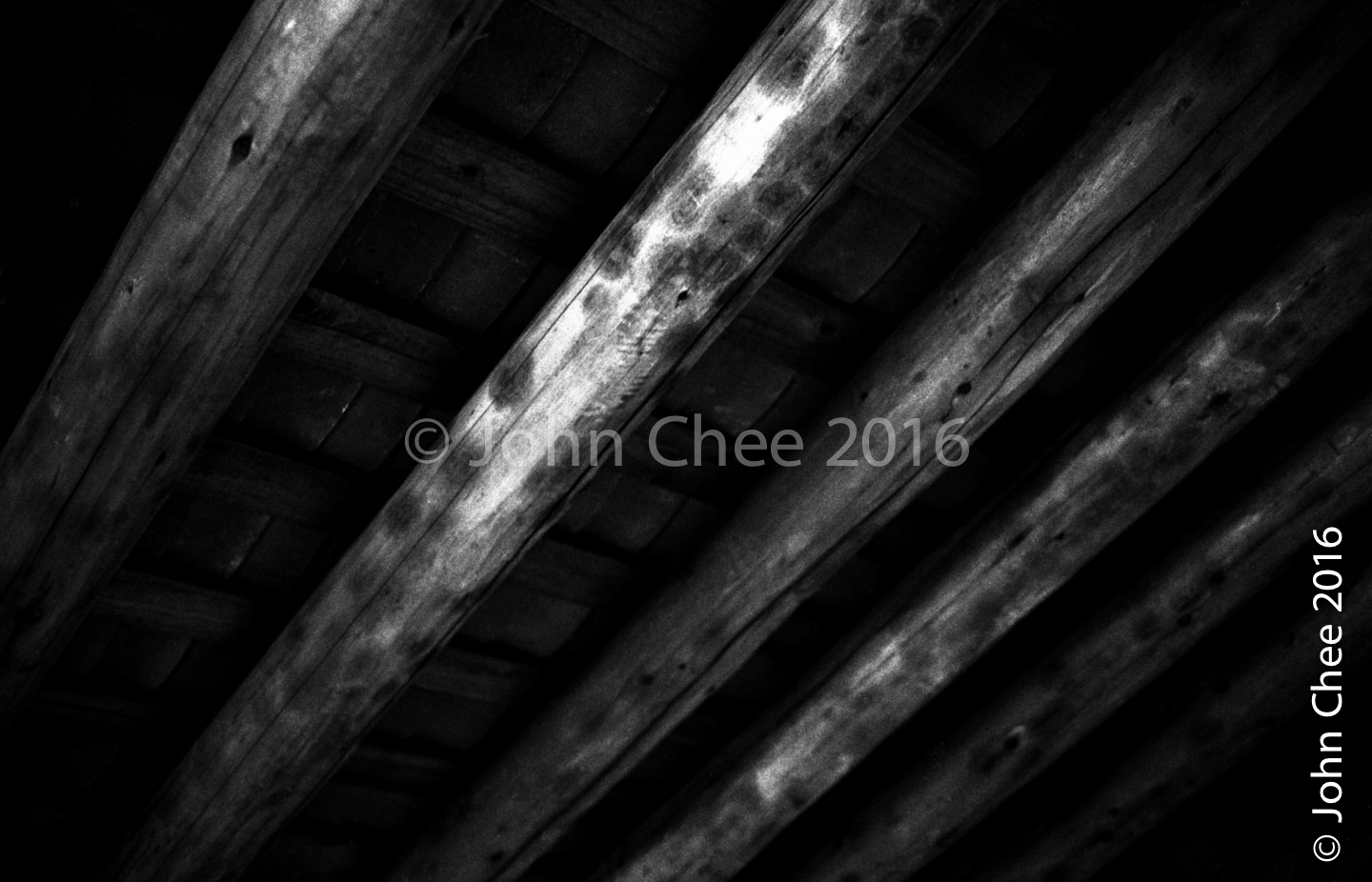https://www.facebook.com/events/1664028083906855
In the above event, John Chee will share his experience on photography and the photobook publishing project, My Father's Kowloon City. He will also bring with him a few images of his ongoing project to share.
攝影師 John Chee 會分享攝影心得及他在 2016年出版「在獅子山下尋找他的足跡」的經驗。John 更會在這聚會中披露幾張他現正籌劃中 project 的照片。
Time: March 18, 2017, Saturday(三月十八日,週六)2:30 p.m. - 4:00 p.m.
RSVP: FREE, limited seats available. 免費入場。如參加者,請覆留位
Venue: Chiu Wui Restaurant, Shop 16&17&19 on G/F Bay View Mansion, 13-15 Moreton Terrace, Causeway Bay, HK, Hong Kong (潮薈,銅鑼灣摩頓台13- 15號灣景樓C座地下16-17&19號舖)
Language: Cantonese
Speaker: John Chee published My Father's Kowloon City (a photobook) in 2016. An exhibition with the same title was held at the book launch with over 1,900 visitors.
講者:John Chee 於2016年出版「在獅子山下尋找他的足跡」攝影集,並在同年3月舉行攝影展,吸引超過 1,900 人觀賞。
Microsite: http://www.johnchee.us/kowlooncity/
Related blog posts: http://www.johnchee.us/blog/2016/4/8/wait (1st of 20)
Book Launch Facebook Post: https://www.facebook.com/johncheephotography/posts/1227551230607607



















